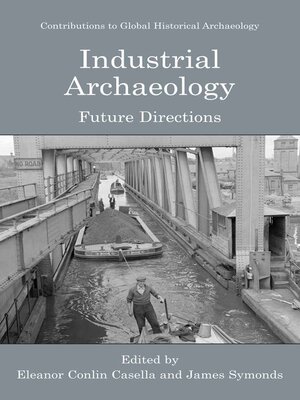Industrial Archaeology
ebook ∣ Future Directions · Contributions to Global Historical Archaeology
By Eleanor Casella

Sign up to save your library
With an OverDrive account, you can save your favorite libraries for at-a-glance information about availability. Find out more about OverDrive accounts.
Find this title in Libby, the library reading app by OverDrive.



Search for a digital library with this title
Title found at these libraries:
| Library Name | Distance |
|---|---|
| Loading... |
Eleanor Conlin Casella and James Symonds th The essays in this book are adapted from papers presented at the 24 Annual Conference of the Theoretical Archaeology Group, held at the University of Manchester, in December 2002. The conference session "An Industrial Revolution? Future Directions for Industrial Arch- ology," was jointly devised by the editors, and sponsored by English Heritage, with the intention of gathering together leading industrial and historical archaeologists from around the world. Speakers were asked to consider aspects of contemporary theory and practice, as well as possible future directions for the study of industrialisation and - dustrial societies. It perhaps ?tting that this meeting was convened in Manchester, which has a rich industrial heritage, and has recently been proclaimed as the "archetype" city of the industrial revolution (McNeil and George, 2002). However, just as Manchester is being transformed by reg- eration, shaking off many of the negative connotations associated st with factory-based industrial production, and remaking itself as a 21 century city, then so too, is the archaeological study of industrialisation being transformed. In the most recent overview of industrial archaeology in the UK, Sir Neil Cossons cautioned that industrial archaeology risked becoming a "one generation subject", that stood on the edge of oblivion, alongside th the mid-20 century pursuit of folklife studies (Cossons 2000:13). It is to be hoped that the papers in this volume demonstrate that this will not be the case.







